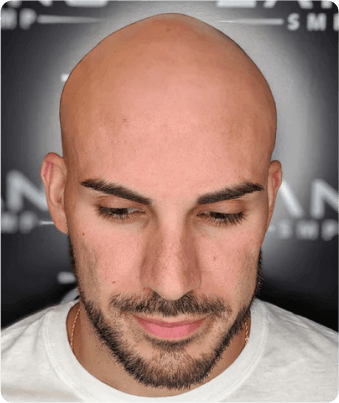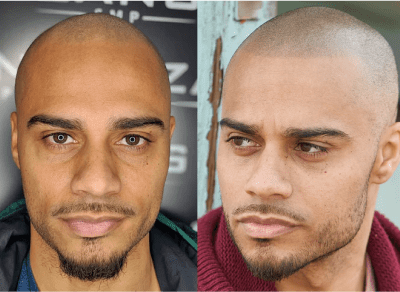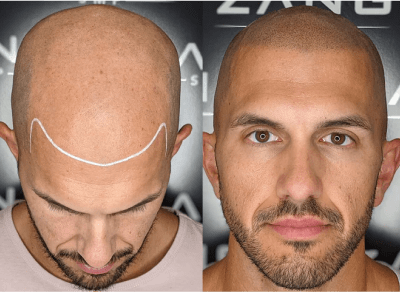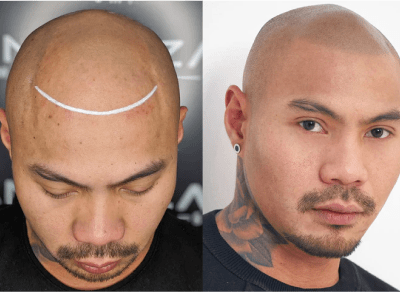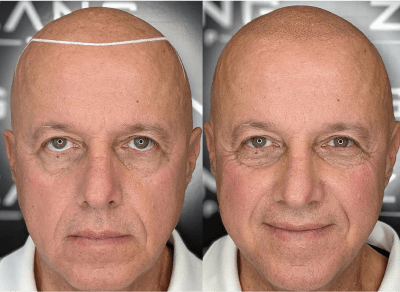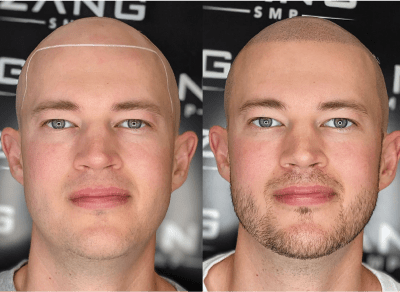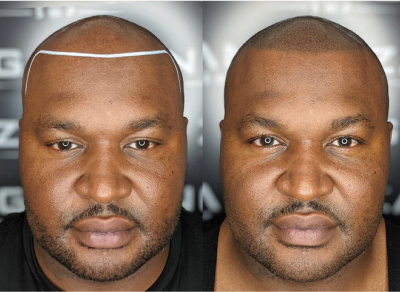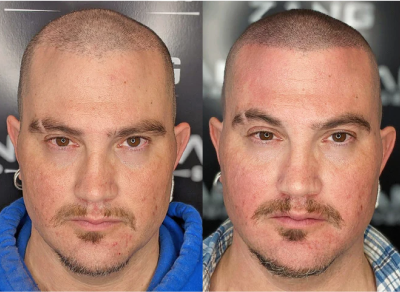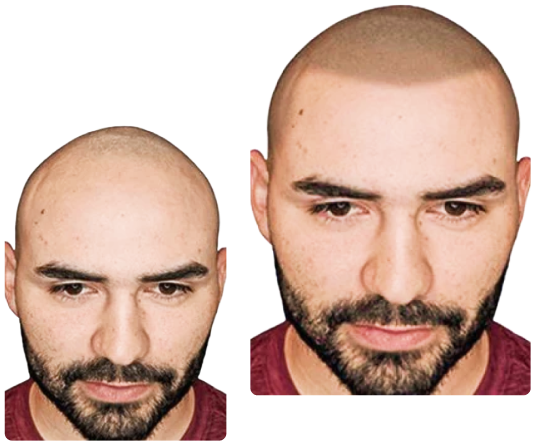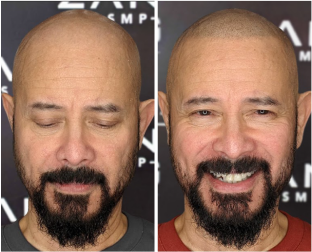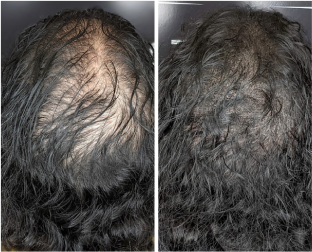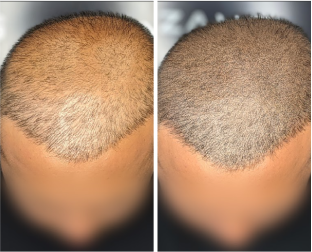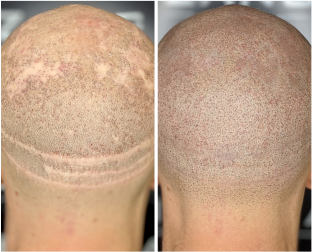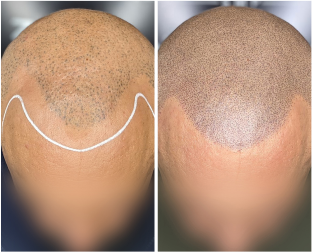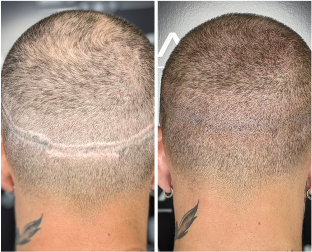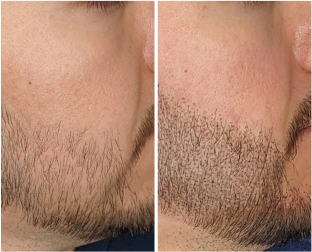How is Male Pattern Baldness Diagnosed and How Does it Influence Hair Loss?
Male pattern baldness, identified by thinning hair at the hairline and crown, is predominantly caused by genetics. Hormonal influences also play a crucial role, contributing to the gradual progression of this condition and its association with hair loss in men.
Stages of Male Pattern Baldness
The Hamilton-Norwood scale categorizes male pattern baldness, starting at stage 1, with barely any hair loss, and progressing to stage 7, where the top of the head is completely bald.
Stages 1 through 3 involve mild to moderate hairline recession.
By stages 4 and 5, thinning at the crown becomes apparent, and the hairline recedes further. In stages 6 and 7, baldness extends across the top of the scalp.
Unusual patterns include diffuse thinning across the scalp that leaves the hairline intact or localized thinning at the crown without affecting the front. These variations show the scale’s versatility.
Treatment For Male Pattern Hair Loss: Scalp Micropigmentation
Scalp Micropigmentation (SMP) is an advanced, non-invasive solution for men struggling with male-pattern baldness. Using precision pigments, SMP replicates the look of hair follicles, creating the appearance of a buzzed haircut that’s sharp and versatile.
Unlike traditional hair restoration options, SMP offers immediate results without surgery or donor hair requirements. It’s an excellent option for anyone looking to address hair loss with minimal effort and maximum impact. The treatment is effective regardless of the stage of baldness.
At Zang SMP in East Los Angeles, we use safe, organic pigments derived from plant-based ingredients. These pigments are custom-blended to match your hair and skin tone, ensuring a natural, cohesive result. Our team of professionals personalizes every treatment to deliver results that complement your features.
This groundbreaking procedure not only restores the look of hair but also rebuilds confidence. Without the pain, risks, or downtime of surgery, SMP provides a quick and comfortable path to a rejuvenated appearance.
Most clients undergo two treatment sessions spaced a week apart. For those seeking the ultimate in precision, a third session can be performed 1 to 3 months later to refine and enhance the results, guaranteeing your complete satisfaction.



